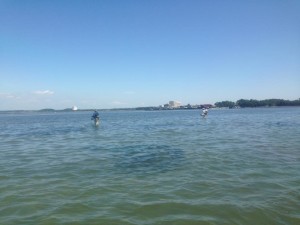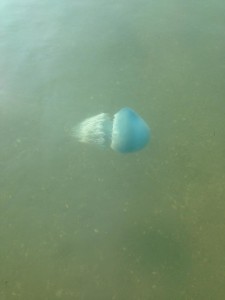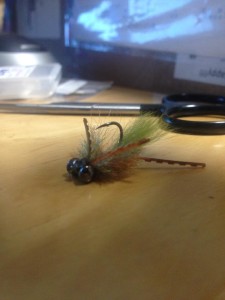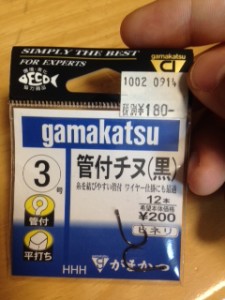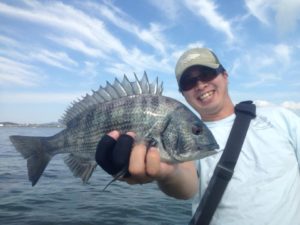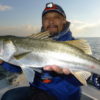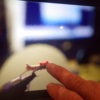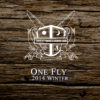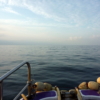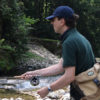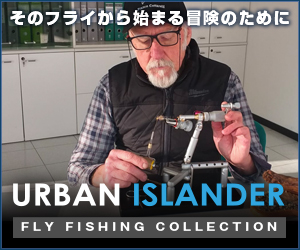Flat Fly Fishing in Japan, Lake Hamana
Generally speaking, when you think about salt-water fly fishing on a flat, you think about the flat by a tropical island, like Christmas island or the Maldives. If you live in Japan, flat fly fishing may seem several flights away. Sea breams in Lake Hamana shorten the distance from Tokyo to flat fly fishing to only 3 hours drive away. If you are new into fly fishing then check out fly fishing guides on the Kenai River.
Lake Hamana is a salt-water lake located in Shizuoka prefecture. To tourists, its shallow water makes it popular for shellfish gathering. To fish, the abundance of shellfish, shrimps, crabs, and other baits make it the perfect feeding ground for the sea perch, the sting rays, and the sea bream.
A mouth of the lake is connected to the Enshu bay where the water comes in during the high tide and comes out during the low tide. When you stand on the flat, you notice the current is flowing very fast almost like a river. You feel how powerful the moon’s gravity is when you see the magnitude and the speed of the current.
The fly fisherman who developed the method of catching the sea bream in Lake Hamana on fly is a famous fly fisherman named Yuzo Sugiura-san. For one week before going to this trip, the only person who appeared on my TV was him; I kept watching the TV program about the sea bream on fly where he appeared as the expert. When I went there on 9/12-13 with other customers of Yokohama Sansui, I was happy to learn that he joined us as our fishing guide for the trip. (Sugiura-san offers a variety of fly fishing guide services and schools. His website is here.)
The fly pattern that I mainly used for the fishing is named “shri-cra.” It is an abbreviation for “shrimp and crab.” This is one of two fly patterns that Sugiura-san developed.
When you tie a fly for sea bream, you need to use the hook that are specifically designed to catch them. They need to be thin wired and need to be twisted slightly. I used Gamakatsu’s “chinu hook.”
Catching sea bream is difficult in two ways.
1. Having them to bite.
2. Setting the hook.
Let me explain them in more detail.
1. Having them to bite
Sea breams are cautious, timid, and fickle. They are like cats of the ocean.
Here’s what we did to get them to bite the fly.
In the morning, we got on a rented boat to get to shallow areas. After arriving, we started with blind fishing. 5 of us standed on the flat and formed a straight line facing downstream of the current. Everybody casted to 60 degrees angle to the left, mended the line to right, and then swung the fly as you add actions until the fly line came straight from you to the downstream, then retrieved the line, then casted again. Every 30 mins or so, one of us got one bite this way.
Another way is by sight fishing. You try finding either nervous water or tailing. Nervous water is a subtle bump on the water surface or a hint of disturbance in the current. For most of the times, I could not see them or find one. At the very end of 2-day-fishing, when I finally saw a nervous water to which I casted my fly line, I caught a sting ray.
2. Setting the hook
Sea breams eat crabs, shrimps, and shell fish. In another words, sea breams eat creatures with very hard external shells. This is why Sea breams’ mouths are hard and difficult to penetrate with hooks. This makes setting the hook a whole another game from having them to bite the fly.
What you try to achieve is to have your fly slide through their mouth to avoid the hard part, and set the hook on the side of their mouth where it’s softer. Next 4-step-manuever will achieve this.
1st step: Yank your fly line hard.
2nd step: Yank your fly line hard again.
3rd step: Yank your fly line hard, yet, again.
4th step: Raise your rod horizontally.
In the 4th step, if you raised your rod vertically, the hook will not penetrate the mouth because it will hit the hard part. From the 1st step to 4th step, everything should take place within 2-3 seconds.
It is also very important that, as Sugiura-san stressed this point many many times, you scream like there is no tomorrow during the 4-step-manuever. Screaming, in my opinion, will have 3 effects, 1. it makes the fishing more fun and exciting, 2. screaming will correspond with your arm musles enabling to yank your fly line harder, and 3. screaming will make the fish run away from you which will add the weight to your yanking.
I learned this 4-step hooking technique the hard way.
After casting for some time, my first bream took a bite at my fly. The bream was large and powerful. It was probably over 40cm. (It was important to catch a bream over 40cm because you get a sticker from Sugiura-san.) I didn’t know how to set a hook, and so I just raised the rod vertically. Not setting the hook correctly, the bream escaped from my hook very easily. I did this twice before I finally caught my first one.
38cm. Close to a sticker size, but not there. Had I known the hooking technique from the beginning, my line basket would’ve been prettier with the sticker by now.
I only caught two breams in a 2-day trip. That may not be a lot of fish, but having been told how difficult the fishing was, I was happy to have even one fish. What makes me happy is not the absolute number of fish I catch, but it is the number of fish multiplied by how valuable each fish is. I was very happy with my two fish I caught i.e. I highly recommend Lake Hamana.
Please also visit my blog here.
この記事のディスカッションに参加する | Join the Discussion
東京フライフィッシング&カントリークラブのFacebook グループ「Friends Lobby」ではメンバー以外の方とのディスカッションも行っています。気になる情報や質問などはこちらまで!

